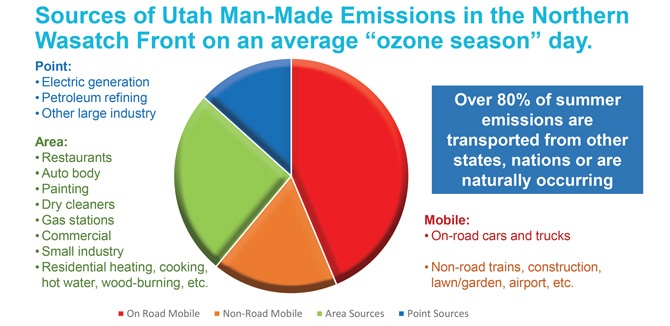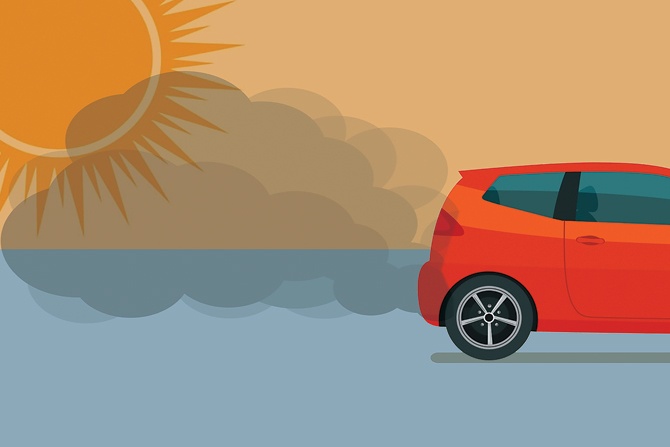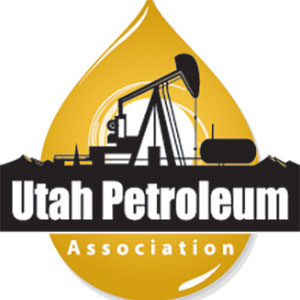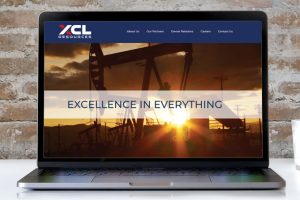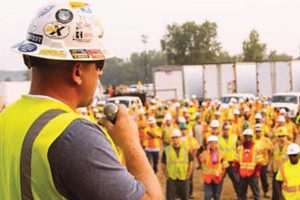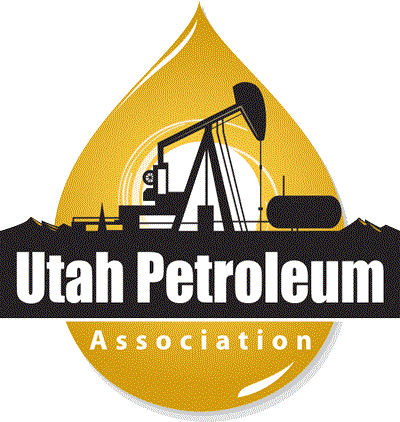In August, a reporter with the Salt Lake Tribune published a story titled “The EPA said Utah’s ozone pollution was harming public health. Industry groups pushed the state to blame China instead.” Read full story here at https://www.sltrib.com/news/environment/2021/08/25/hijacked-by-polluters/.
He asked us to participate in the story, and we did. Our business dealings are on the up and up, we have nothing to hide, and you, as our members, supporters, and friends, deserve an organization that is willing to stand up and tell our side of the story proudly and vigorously.
The reporter implied in the story that the Utah Petroleum Association was among a group of industry trade associations attempting to do two things:
1. He implied that we attempted to exert undue influence on state regulators by funding a study that sought to better understand the sources of ozone, presenting the study to state regulators, and then advocating on behalf of its conclusions.
State regulators are under absolutely no obligation to enact what we recommend, but we would be derelict if we didn’t weigh in on policy on behalf of our members who stand to be impacted by any proposed policies. I would expect any group with a material interest in the issue to do exactly the same thing, and in fact, they are.
2. He implied that we’re attempting to pass the buck on ozone emissions and skirt responsibility for our role in ozone formation.
Nothing could be further from the truth. Everyone should take an honest look at where emissions are coming from and make data-driven decisions. We are an industry of problem solvers who live, work and play in Utah. We have a solid track record of significantly reducing emissions and will continue positively contributing to reducing ozone through Tier 3 gasoline production.
It is interesting then that the very same reporter published an article about a month later vindicating many of our points. In the September 17 issue of the Tribune, a story called “‘It could take years’ to solve ozone pollution on the Wasatch Front, state regulator says” highlighted a number of interesting points. (Review the story here at https://www.sltrib.com/news/2021/09/15/it-could-take-years-solve/?utm_source=Salt+Lake+Tribune&utm_campaign=05faa26141-TopStories091621&utm_medium=email&utm_term=0_dc2415ff28-05faa26141-45511518.
Or, listen to Director Bryce Bird’s full testimony to the legislature here at
https://le.utah.gov/av/committeeArchive.jsp?mtgID=17770.
Here are some key quotes from the piece for your easy reference:
- “Only 20% of emissions are from people and originate within Utah, according to the state’s data, and the largest source of those emissions is from vehicles. Restaurants, gas stations, dry cleaners, airplanes and trains also contribute to the problem.”
- “Industrial sources like the oil refineries north of Salt Lake City – the heart of Utah’s ozone exceedance areas – only account for a fraction of overall ozone pollution.”
- “The state has monitored ozone levels since the 1970s, and they have declined significantly over the decades despite a growing population. In the 1980s, Dept. of Air Quality Director Bryce Bird said, the Wasatch Front used to see days that exceeded 120 parts per billion (ppb) of ozone. Now, the levels in some areas are 77 ppb, a substantial reduction, but one that still violates the most up-to-date EPA standard of 70 ppb.”
- “‘The oil refineries spent around $450 million over the last decade on a program that reduced their emissions by 40%,’” Bird added.”
This is why we do our work and why it is vital to have active and strong trade associations. A guiding principle of public engagement is: “If you don’t tell your own story, someone else will tell it for you.” We remain vigilant to ensure a complete story is told on every issue concerning our industry, and the above two examples highlight why.
The reality is that we are committed to air quality on both the Wasatch Front and the Uintah Basin, and we continue to support taking actions to further improve air quality. As Director Bird pointed out, we have already demonstrated that commitment over the past several years by investing hundreds of millions of dollars that have significantly reduced NOx and VOC emissions. We’ve also committed and now delivered on making Tier 3 gasoline. Now, as we shift our focus, we again confirm that we are committed to being part of the solution to solve our ozone challenge. Looking ahead, UPA’s approach to ozone is focused on the data – we firmly believe that all of our actions must be science-based with an expectation that they will be effective toward moving the air quality needle.
We look forward to working together with interests across the state to continue to improve our air quality.
